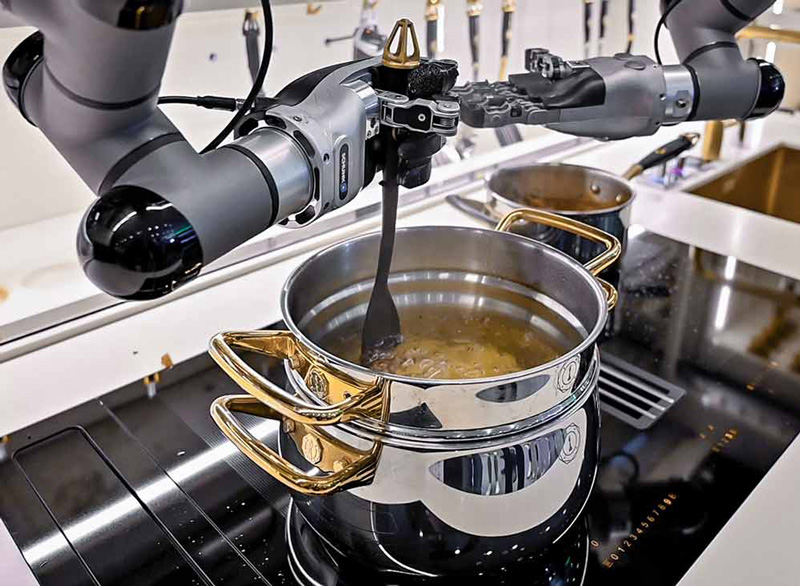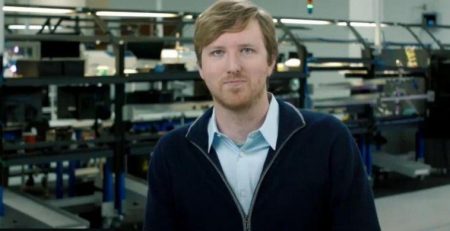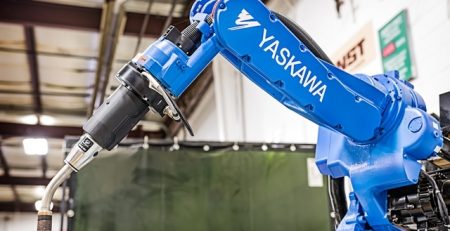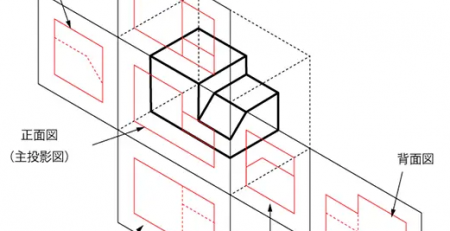What is a collaborative robot? Applications and role of collaborative robots in the future?
Industrial production automation is the use of control systems, computers, robots, Agv autonomous vehicles, together with information technology to handle processes and machine operations in industrial production one by one. automatically without human intervention. Automation is an important factor in the process of industrialization and modernization.
In recent years, for industrial production automation, in addition to industrial robots, collaborative robots have become very popular, especially for the manufacturing industry. With many outstanding features and advantages, collaborative robots can also be suitable for most fields today.
In this article, I will clarify information with everyone such as: What is a working robot? Its role in the future? Let’s find out with me.
What is a collaborative robot?
A collaborative robot (also known as a cobot) is a type of robot designed to ensure that it can work safely with humans in a shared space.
Cobots will focus more on repetitive tasks, such as checking and selecting, helping workers focus more on jobs that require problem-solving skills.
One of the differences between Cobot and Traditional Robot is safety, which is considered a reliable assistant when working with humans in industrial production activities.
Applications of collaborative robots?
1. Stacking, transporting and sorting goods automatically in conveyor belts and conveyors.
In every warehouse or factory, the arrangement of freight is always one of the jobs that takes a lot of time and requires a lot of labor. At this stage, in order to avoid errors, workers will have to work carefully, meticulously and accurately as well as coordinate closely… to be able to arrange and transport goods smoothly and accurately. corpse.

Collaborative robot sorting and arranging products in the warehouse (Artwork)
However, when using the Cobot system, businesses will no longer have to worry about this problem thanks to the pre-programmed automation feature. Specifically, the Cobots are programmed with working programs, including loading and transporting goods, under the control of computer software. As a result, loading and unloading goods can be more accurate and produce 5 times more efficiency than humans.
2. Loading and unloading pallets
After sorting and sorting on a conveyor, conveyor belt, or in a certain area, the next important step that can be automated is loading/unloading pallets, which is one of the tasks that can be done. directly affect the health of workers during work. Because lifting heavy objects as well as bending over for large-capacity packages as well as continuous repetition for a long time will cause injuries to the body.

Cobot helps workers carry goods (Artwork)
With collaborative robots, it becomes easier to move goods cluttered in pallets or shelves. Cobot will automatically load and unload goods and move to the correct location according to the established program. This frees workers from repetitive and time-consuming tasks in warehouses. In addition, Cobot can be combined with Agv/Amr autonomous vehicles, creating a system from transportation to loading and unloading.
3. Automatic billet feeding for CNC lathes/machines or other equivalent machines.
When applied in the automatic workpiece feeding system, the working robots will assist or replace humans in performing the workpiece feeding/mounting stages at the exact position of the table/grip. Continue to complete other tasks such as picking products, sorting and loading finished product trays.

Collaborative robot feeds workpieces to CNC machines (Artwork)
With the requirements of mass production batch production with an operation in seconds, assembling robots will optimize time, promote production quickly and efficiently.
4. Application in automatic assembly line
Collaborative robots will complete the parts selection tasks for the assembler or directly assemble automatically.
Modern robots can flexibly pick up even the smallest components, in addition, have the ability to distinguish sizes and colors extremely intelligently, so it is easy to choose the correct components for each product part. . Some high-end robots have a built-in reversing feature on the gripper to help assemble components faster.

Collaborative robots can distinguish the size and color of even the smallest products (Artwork)
In addition, the collaborative robot can also do many complex jobs at the same time, from picking up a component, mechanical part, material rack, plastic from the conveyor belt… and transferring them to the location for the installation workers. assemble.
5. Weld
One of the most cumbersome jobs in a manufacturing plant is welding. The worker can certainly perform these operations, but it takes a long time. As a result, the majority of companies are turning to collaborative robots to reap the long-term advantages. The collaborative robot can handle TIG, laser, MIG, ultrasonic, plasma, and spot welding applications as well as brazing and brazing. With versatility and flexibility, collaborative robots are suitable for many tasks, increasing operational efficiency for production lines, helping your business receive more orders.
6. Cooking
In addition to applications for production and transportation, the collaborative robot can also be used as an automatic “chef” that can cook delicious dishes according to your wishes and especially will not start. you wash the dishes.
Below is the Moley Kitchen cooking robot that was launched at GITEX, the annual global consumer electronics and computer exhibition from December 6 to 10, 2020 in Dubai (United Arab Emirates) with claims to be able to “cook from scratch and then clean without a complaint”. The robot with two arms that can move along the rails is installed in the kitchen.

Moley Kitchen robot can take tools, ingredients and cook more than 5000 different dishes
Thus, we can see that almost all jobs that one or more humans can do, Cobot can easily replace, not only that, the application of collaborative robots to replace humans also increases the degree of accuracy. More accuracy, performance, productivity, So that I firmly believe, collaborative robots can be the future of all manufacturing factories, restaurants, etc. in the future.










